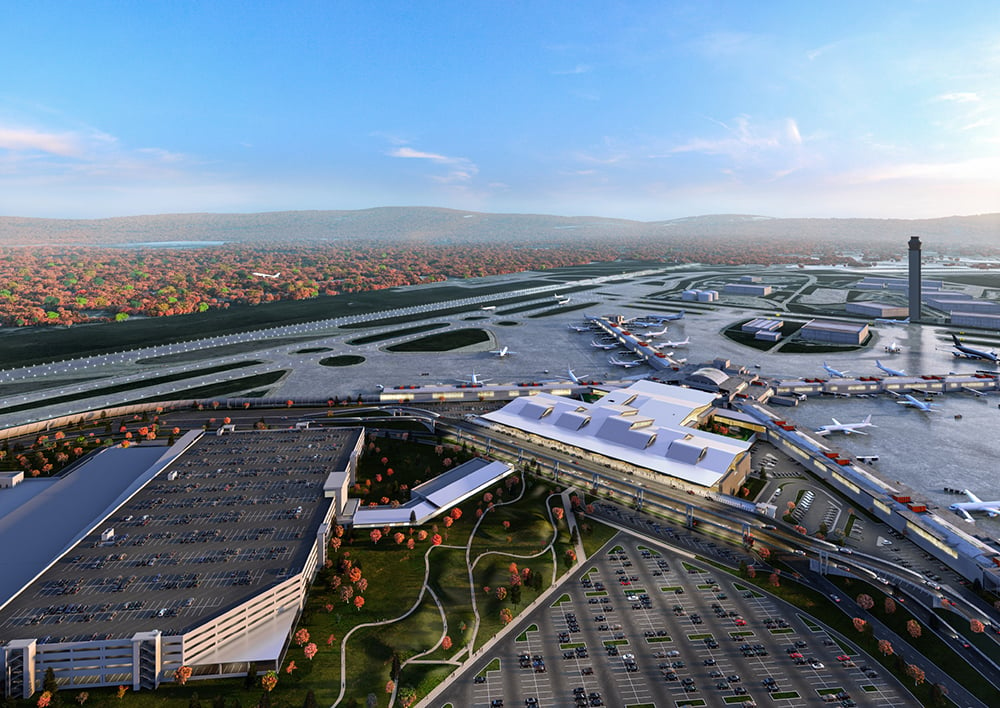
Following its recently-announced hiring push at its largest maintenance base in Tulsa, American Airlines is planning workforce growth at its second-largest base in Pittsburgh.
Over the next two years, the airline hopes to add more than 200 maintenance jobs at the base, bringing its total workforce at Pittsburgh International Airport (PIT) to around 600 employees. The airline expects to have more than 320 aviation maintenance technicians working at the base this year, a figure that is twice its staffing level compared to August 2022.
Growth is likely being driven by American’s Airbus fleet expansions. Its PIT maintenance base supports the airline’s narrowbody fleet, which includes A319, A320 and A321 aircraft. It ordered 100 A321neos in 2019 and bought Alaska Airlines’ remaining Airbus aircraft—10 A321neos—last year.
According to the Allegheny County Airport Authority (ACAA), American’s PIT maintenance base is supported by the workforce ecosystem at nearby Allegheny County Airport. The Pittsburgh Institute of Aeronautics (PIA) operates its main campus at the airport and, according to Bryan Dietz, senior vice president of air service and commercial development for ACAA, many of its graduates begin their careers at small, regional carriers at the airport before being recruited to work for airlines such as American and Republic Airways at PIT.
“We’re seeing workforce demand across the board on almost every skillset, and we know our partners like American and Republic are as well,” says Dietz. To entice new talent, ACAA has opened an internal childcare center and facilitated training programs and partnerships with schools such as PIA. It also operates a Ready for Takeoff program that showcases aviation career opportunities to young students in grade schools and middle schools.

PIT is also undergoing a terminal modernization project driven by the airport’s growth as it welcomes more traffic and international carriers. A new passenger terminal, which will feature an expanded security checkpoint, ticketing hall and additional parking, is expected to be done in 2025. It is also building a new 77,000 ft.2 cargo building that is expected to be complete in late 2024 or early 2025.
“We’re making that full transition from an airport where people connect and pass through to now allowing airlines to keep growing and scaling,” says Dietz. He notes that PIT’s ample real estate and technology innovation, such as its xBridge program to develop new airport technologies in-house, could be attractive draws for new airlines and maintenance providers at the airport.
“We would love to see all of our [airline] partners expand their base operations,” he says. “We’d love to welcome in MROs to fit the part of that need as well.”





